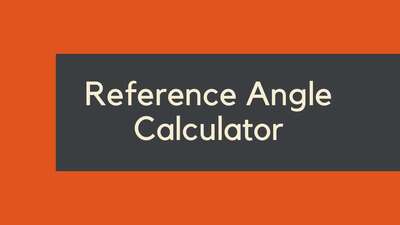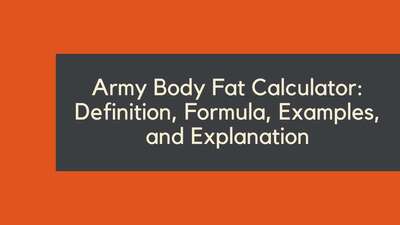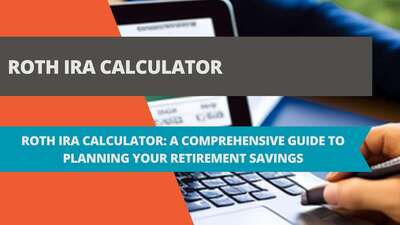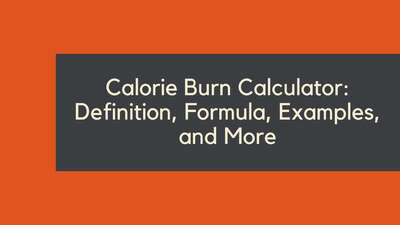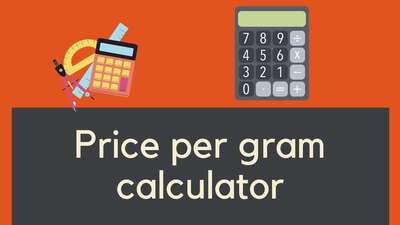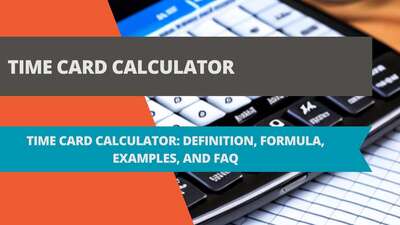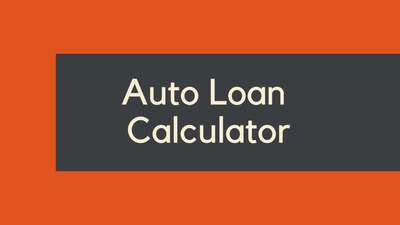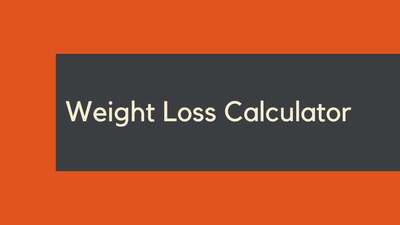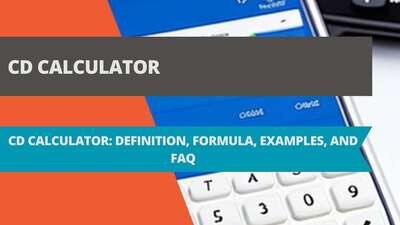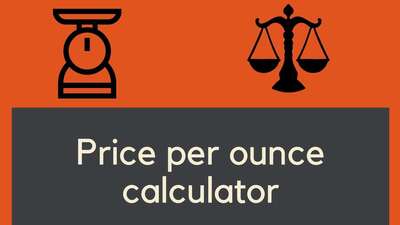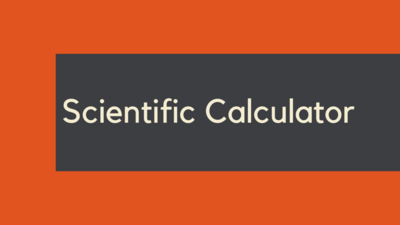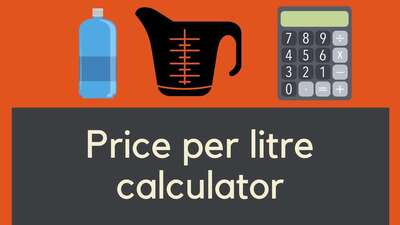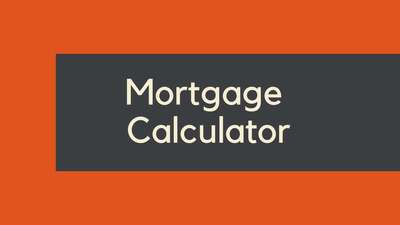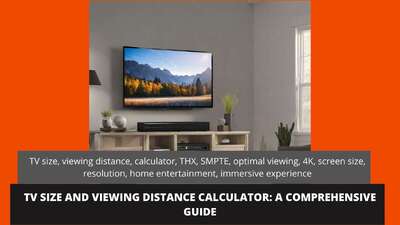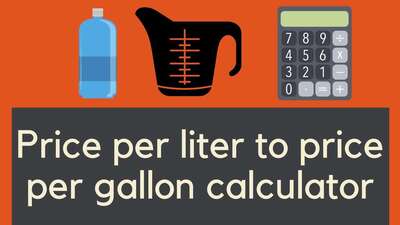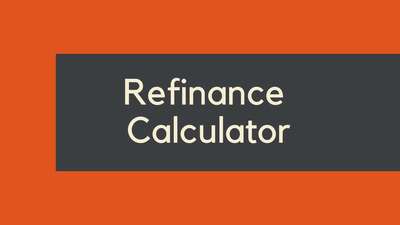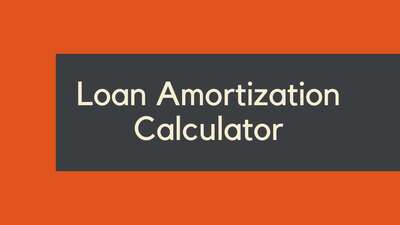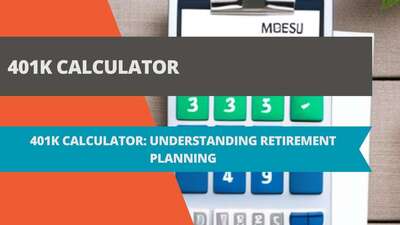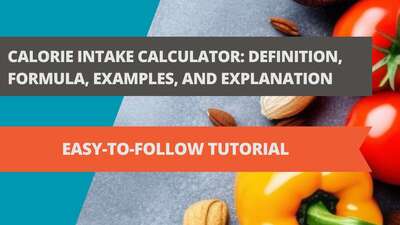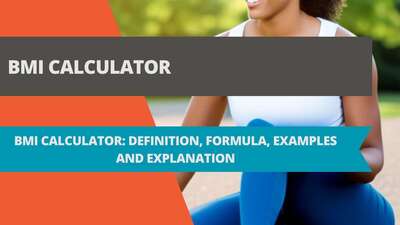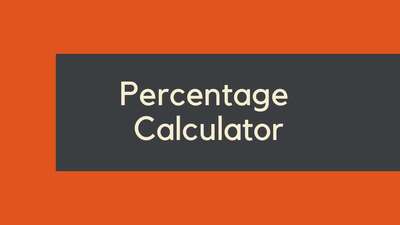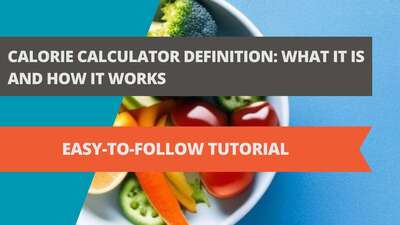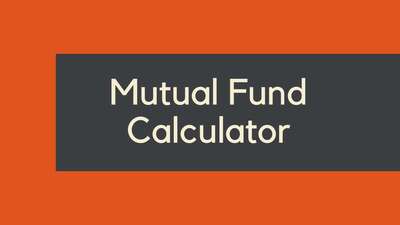Run Distance Calculator: Definition, Formula, Examples, and Explanation
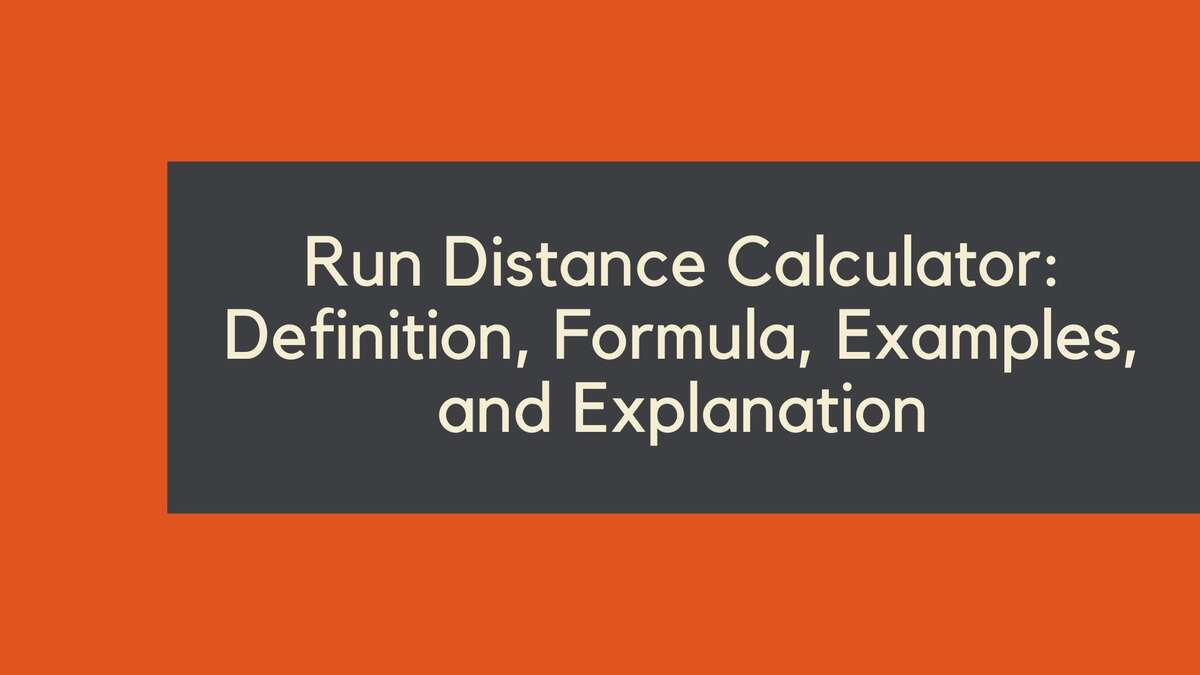
- Definition of a Run Distance Calculator
- Formula Used to Calculate Run Distance
- Example Calculation: Measuring Run Distance
- Step Count and Stride Length
- Calculating the Distance
- Converting to Miles
- Examples of Using a Run Distance Calculator
- Example 1: Training for a 5K Race
- Example 2: Running in a New City
- Example 3: Indoor Treadmill Running
- Explanation of Common Terms
- Enhancing Training with Distance Tracking
- Key Benefits
- Integrating Distance Data with Overall Fitness Goals
- Benefits of Distance Tracking in Fitness
- Technological Advancements in Run Distance Calculators
- Impact on Running Experience
- Comparative Analysis of Indoor and Outdoor Running
- Adapting to Different Running Conditions
- Common Challenges and Solutions in Distance Tracking
- Enhancing Accuracy in Distance Tracking
- Fine-Tuning Training with Precise Distance Measurement
- Importance in Race Preparation
- Adjusting Training Intensity
- Monitoring Progress
- Understanding the Impact of Stride Length Variation
- Measuring and Adjusting Stride Length
- Importance for Long-Distance Runners
- Adapting to Terrain
- Question and Answer FAQ
- Q: How accurate are run distance calculators?
- Q: Can a run distance calculator be used for other activities besides running?
- Q: Are there any limitations to using a run distance calculator?
- Q: Are there any free run distance calculators available?
- Q: How can I improve my accuracy when using a run distance calculator?
- Conclusion
Running is a great form of exercise that can help you maintain a healthy body and mind. Whether you're a seasoned runner or just starting, knowing the distance you cover during your run can help you track your progress and set new goals. A run distance calculator is a tool that can help you calculate the distance you cover during your run. In this article, we'll define what a run distance calculator is, explain the formula used to calculate it, provide examples, and answer some common questions related to this topic.
Definition of a Run Distance Calculator
A run distance calculator is a tool that allows you to calculate the distance you cover during a run. This tool is often used by runners to track their progress and set new goals. Run distance calculators are available in various forms, including mobile apps, websites, and fitness trackers. They use GPS or other technologies to track your location and calculate the distance you've covered.
Formula Used to Calculate Run Distance
The formula used to calculate run distance is relatively simple. It involves multiplying your stride length by the number of steps you take during your run. Your stride length is the distance between your heel strikes on the ground. It can be calculated by measuring the distance between two heel strikes and dividing it by the number of steps you take during that distance.
Here's the formula:
Distance = Number of Steps x Stride Length
Example Calculation: Measuring Run Distance
Let's break down a sample calculation to understand how to determine the distance covered during a run:
-
Step Count and Stride Length
Imagine you took 2,000 steps on your run, and your average stride length is 2.5 feet. These two metrics are key to calculating the distance.
-
Calculating the Distance
The formula to calculate the distance is straightforward: Distance = Number of Steps x Stride Length. For this example, it translates to 2,000 steps x 2.5 feet = 5,000 feet.
-
Converting to Miles
To understand this distance in miles, convert the total feet into miles. Therefore, 5,000 feet is approximately 0.95 miles.
Examples of Using a Run Distance Calculator
Run distance calculators are versatile tools that cater to various running scenarios. Here are some practical examples:
-
Example 1: Training for a 5K Race
When preparing for a 5K race, tracking the exact distance of each run is crucial. A run distance calculator helps in monitoring training distances, allowing for adjustments in training plans to optimize performance.
-
Example 2: Running in a New City
Exploring a new city through running can be exciting. A run distance calculator aids in planning routes and ensuring you achieve the desired distance, enhancing the running experience in unfamiliar terrain.
-
Example 3: Indoor Treadmill Running
For those who prefer treadmill workouts, a run distance calculator can track the distance covered. This data is invaluable for comparing indoor and outdoor running performances and adjusting workouts accordingly.
Explanation of Common Terms
Before we dive into some common questions related to run distance calculators, let's define some terms:
- Stride Length: The distance between your heel strikes on the ground
- Steps: The number of steps you take during your run
- Distance: The total distance you cover during your run
Enhancing Training with Distance Tracking
For runners, especially those preparing for specific events like marathons or triathlons, tracking the distance covered is crucial. A run distance calculator becomes an indispensable tool in this process.
-
Measuring Progress: By accurately tracking distances, runners can monitor their progress over time, adjusting training plans to improve endurance and speed.
-
Setting Incremental Goals: Distance calculators help in setting realistic short-term goals, such as increasing weekly mileage, which contributes to long-term training success.
-
Adjusting Training Intensity: Understanding distances covered aids in varying the intensity of workouts, balancing between high-intensity interval training and longer, more endurance-focused runs.
Key Benefits
Regular use of a run distance calculator can lead to enhanced performance, better goal setting, and a more structured approach to training.
Integrating Distance Data with Overall Fitness Goals
Tracking run distances plays a pivotal role in aligning with broader fitness and health objectives. This integration is essential for a holistic approach to health and wellness.
-
Setting Realistic Fitness Objectives: By understanding the distances covered during runs, individuals can set achievable fitness goals tailored to their capabilities and progress.
-
Caloric Burn and Distance: Distance data helps in estimating the number of calories burned, enabling a more accurate assessment of workout efficacy in relation to dietary intake.
-
Long-term Health Management: Consistent tracking of distances contributes to sustained health management, promoting a balanced and health-focused lifestyle.
Benefits of Distance Tracking in Fitness
Incorporating distance tracking into fitness regimes provides clarity in goal setting and helps in maintaining a balanced approach towards health and exercise.
Technological Advancements in Run Distance Calculators
The evolution of technology has greatly enhanced the capabilities of run distance calculators, transitioning from basic pedometers to sophisticated GPS-enabled devices and applications.
-
From Pedometers to GPS: Early distance tracking relied on simple step-counting pedometers. Modern devices use GPS technology for precise measurement of distance and routes.
-
Mobile App Integration: Many distance calculators are now integrated into mobile apps, providing runners with detailed insights, including pace, elevation, and route maps.
-
Improved Accuracy: Technological advancements have led to higher accuracy in distance measurements, vital for training and performance analysis.
Impact on Running Experience
These advancements in run distance calculators have not only improved accuracy but also enriched the overall running experience, allowing runners to explore and analyze their performance in depth.
Comparative Analysis of Indoor and Outdoor Running
Understanding the differences in tracking distances for indoor and outdoor running is crucial for runners who utilize both environments for their workouts.
-
Indoor Treadmill Running: Treadmills provide controlled conditions, but tracking distance can differ from outdoor running due to the lack of terrain variation and environmental factors.
-
Outdoor Running: Outdoor running involves varying terrains and elevations, which can affect distance measurements and overall running experience.
-
GPS Tracking: For outdoor runs, GPS tracking offers an accurate measure of distance, taking into account these environmental variations.
Adapting to Different Running Conditions
Runners need to understand these differences to adapt their training and accurately track their progress across different running conditions.
Common Challenges and Solutions in Distance Tracking
Runners often face challenges in accurately tracking distances, which can impact their training and performance analysis. Identifying these challenges and implementing solutions is key for effective distance tracking.
-
GPS Inaccuracies: Issues like poor GPS reception can lead to incorrect distance measurements. Running in areas with clear GPS visibility can mitigate this problem.
-
Variation in Stride Length: Personal stride variations can affect distance calculations. Regularly updating stride length in your tracking device can enhance accuracy.
-
Calibrating Devices: Regular calibration of distance tracking devices ensures more accurate readings and reliable data for training.
Enhancing Accuracy in Distance Tracking
By addressing these common challenges and utilizing available solutions, runners can significantly improve the accuracy of their distance tracking efforts.
Fine-Tuning Training with Precise Distance Measurement
Precise distance measurement is crucial for runners looking to fine-tune their training and improve performance. Accurate knowledge of the distance covered provides invaluable data for tailoring training regimens.
Importance in Race Preparation
For those training for races, whether a 5K or a marathon, knowing the exact distance helps in structuring specific training phases, from building endurance to tapering before the event.
Adjusting Training Intensity
Accurate distance tracking allows runners to adjust the intensity of their workouts, balancing between long, slow runs and short, high-intensity sessions for optimal results.
Monitoring Progress
Regularly measuring the distance covered helps in monitoring progress over time, providing a quantitative assessment of improvements in stamina and speed.
Overall, precise distance measurement is a key tool for runners at all levels, helping to strategically enhance their training and achieve their running goals.
Understanding the Impact of Stride Length Variation
Variations in stride length play a significant role in accurately measuring run distances. This variation can be influenced by several factors, including a runner's height, fitness level, and running terrain.
Measuring and Adjusting Stride Length
Understanding and periodically measuring stride length can help runners ensure more accurate distance tracking. Techniques such as video analysis or working with a coach can be beneficial in assessing and optimizing stride length.
Importance for Long-Distance Runners
For long-distance runners, small variations in stride can significantly impact total distance covered. Consistent monitoring and adjustment can lead to more efficient training and performance.
Adapting to Terrain
Terrain variation, from flat roads to hilly trails, affects stride length. Runners should be aware of these changes and adjust their distance calculations accordingly, especially when training for specific race terrains.
Understanding and managing stride length variation is key to accurate distance measurement and effective training, particularly for those focusing on distance running.
Question and Answer FAQ
Q: How accurate are run distance calculators?
A: Run distance calculators can be very accurate when used correctly. However, factors such as terrain, GPS accuracy, and stride length can affect the accuracy of the calculation. It's essential to calibrate your device before using it to ensure accurate measurements.
Q: Can a run distance calculator be used for other activities besides running?
A: Yes, run distance calculators can be used for other activities such as walking, hiking, and cycling. However, the formula used to calculate the distance may vary depending on the activity.
Q: Are there any limitations to using a run distance calculator?
A: Yes, there are some limitations to using a run distance calculator. For example, the calculation may be affected by poor GPS reception, which can result in inaccurate distance measurements. Additionally, the formula used to calculate the distance may not be suitable for all individuals, as stride length can vary depending on factors such as height and body type.
Q: Are there any free run distance calculators available?
A: Yes, there are many free run distance calculators available online and as mobile apps. Some popular options include MapMyRun, Runkeeper, and Strava.
Q: How can I improve my accuracy when using a run distance calculator?
A: To improve your accuracy when using a run distance calculator, it's important to calibrate your device before each use. Additionally, it's helpful to run on flat terrain, as this can help reduce errors in GPS tracking. Finally, it's a good idea to check the accuracy of your run distance calculator by running a known distance and comparing the result to the calculator's measurement.
Conclusion
Using a run distance calculator can be a great way to track your progress and set new goals during your running journey. By understanding the formula used to calculate run distance, you can use this tool to your advantage and improve your overall fitness. Whether you're training for a race or simply looking to maintain a healthy lifestyle, a run distance calculator is a valuable tool that can help you achieve your goals.
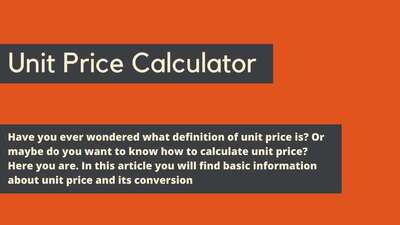
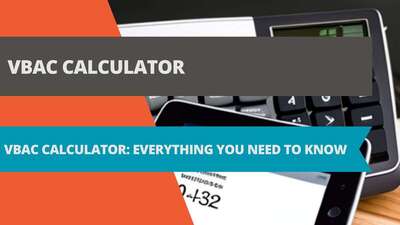



![Car Loan Calculator: Definition, Formula, Examples, and FAQs [2023 Guide]](/images/page/400/car-loan-calculator-13.jpg)

